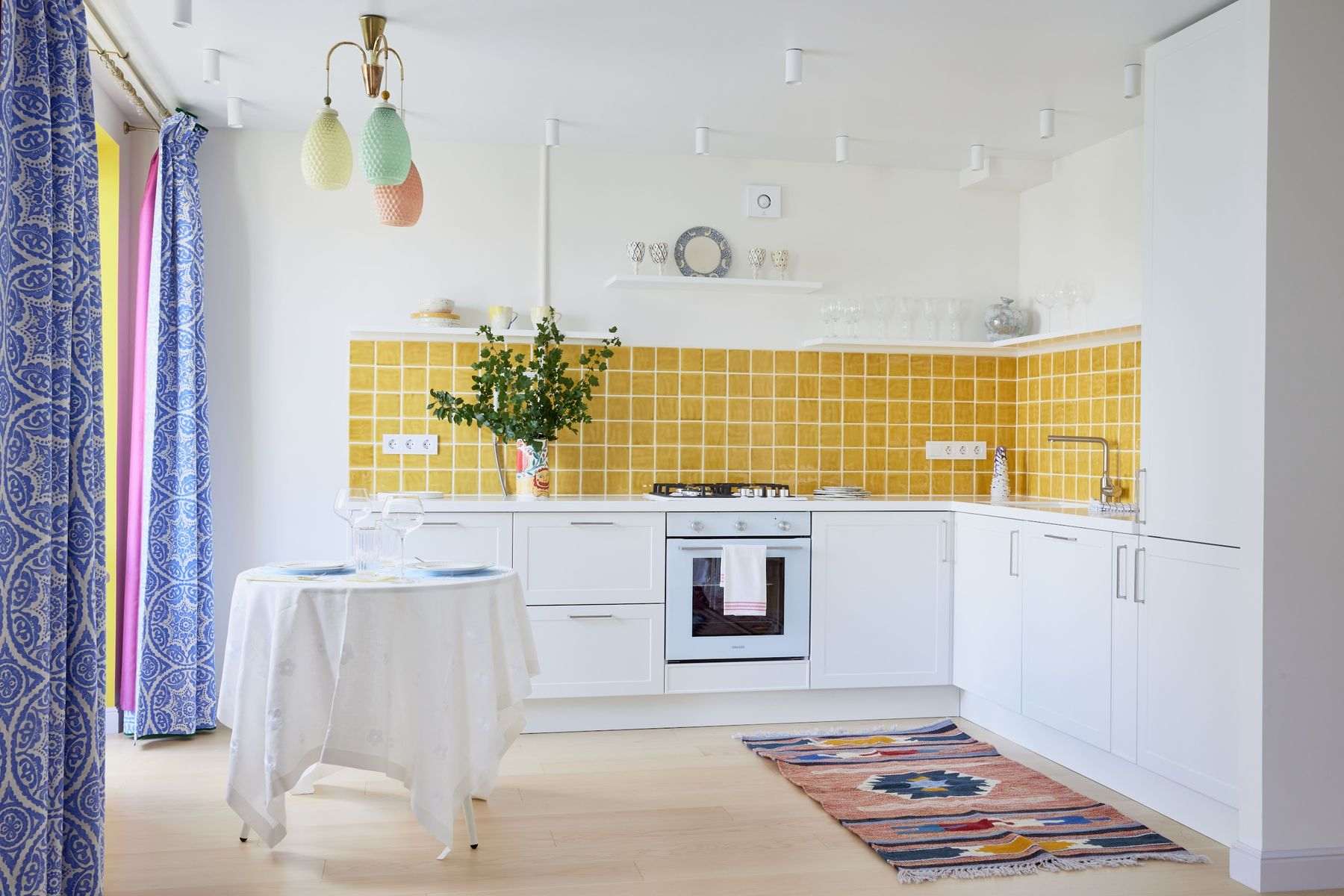
Innovative Culinary Space Creations
Introducting The Modern Culinary Space
The world of culinary arts is constantly evolving with new trends and technologies, leading to the creation of innovative culinary spaces. These spaces transcend traditional kitchens and encompass a variety of environments where creativity, efficiency, and technology converge. This article explores how culinary professionals and enthusiasts alike are reimagining the spaces where food is prepared and enjoyed.
Designing for Efficiency and Aesthetics
Modern culinary spaces are designed with both functionality and visual appeal in mind. Sleek countertops, state-of-the-art appliances, and ergonomic designs create an environment that is both productive and inviting. The incorporation of natural materials such as wood and stone, along with strategic lighting, contribute to an atmosphere of warmth and sophistication.
Technology-Driven Culinary Environments
Technology plays a pivotal role in the innovative culinary space. Smart kitchens equipped with Internet of Things (IoT) devices allow for a customized and interactive cooking experience. From refrigerators that track food inventory to ovens that can be controlled remotely, the tech-savvy culinary space is all about enhancing convenience and precision in food preparation.
Sustainability as a Priority
A growing concern for sustainability has led to the integration of eco-friendly practices in culinary space design. This includes the use of energy-efficient appliances, composting systems for organic waste, and the sourcing of local and seasonal ingredients. Sustainable culinary spaces not only reduce environmental impact but also support local communities and economies.
Community and Collaboration
Many innovative culinary spaces are designed to encourage community and collaboration. From communal tables to cooking classes and workshops, these spaces become hubs where people can share ideas, learn from one another, and celebrate food culture. Culinary incubators and shared commercial kitchens also provide a platform for budding chefs and food entrepreneurs to develop and test new concepts.
Multi-Functional Spaces
The line between dining areas and kitchens is increasingly being blurred as multi-functional spaces take center stage. These open-concept areas facilitate a more social cooking experience, where guests can interact with chefs and witness the magic of meal preparation upfront. This trend towards transparency and inclusivity in the culinary realm is reshaping how we think about space and food.
Conclusion: The Future of Culinary Spaces
As we look towards the future, it's clear that the culinary space will continue to evolve in exciting and unexpected ways. With innovation at the forefront of design, tomorrow's culinary spaces will not only be places to cook but also venues for education, entertainment, and inspiration. Whether in a home, restaurant, or educational setting, the culinary spaces of tomorrow promise to be dynamic, sustainable, and deeply connected to the cultural and social fabric of our lives.
``` Remember that for an actual HTML document, you would need to include this within the proper HTML, HEAD, and BODY tags, along with any additional elements like meta tags, scripts, and styles that might be necessary for your webpage.